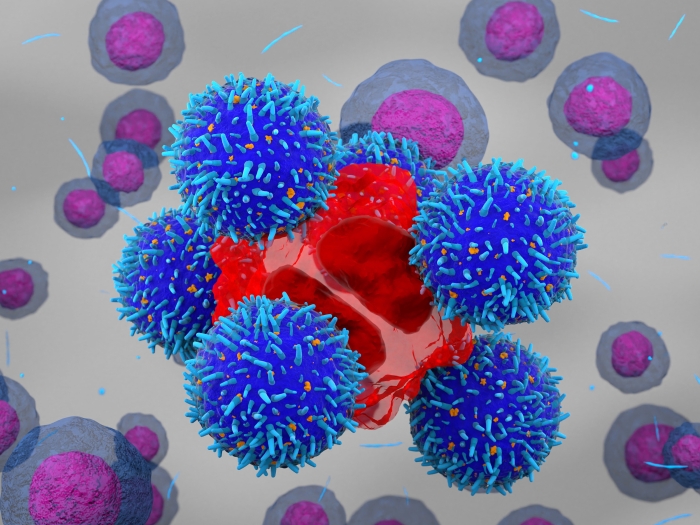Dr. Minji Kim leverages 3D genome mapping technologies to investigate the role of chromatin interactions in gene regulations. With the advent of high-throughput sequencing and single-cell genomic techniques, researchers can now infer how our genome is organized inside the tiny nucleus—with a single-cell and single-molecule resolution. But the relationship between these genome structures and gene expression is still not clear. For example, it is known that changes in transcriptional landscape accompany differentiation processes in early development, yet the precision mechanisms controlling these transcriptional changes remain elusive. By applying 3D genome mapping technologies, Kim will identify which of the chromatin interactions are correlated with gene expression and potentially “instruct” cells to become a specific cell type. She will also develop computational tools and algorithms.
Kim studied electrical engineering and mathematics at the University of California San Diego, where she was particularly drawn to signal processing and communications theory. Fascinated by the data compression and error correction methods to send information efficiently and reliably, she decided to expand her knowledge as a graduate student at the University of Illinois–Urbana Champaign. Her Ph.D. thesis advisors introduced her to bioinformatics and computational biology. Instead of 0s and 1s, she stared at a long string of four letters—A,C,G,Ts—and wondered how they are folded inside the nucleus. This quest brought her to the Jackson Laboratory for Genomic Medicine (JAX-GM) in Farmington, CT, where she studied 3D genome organization as a postdoc.
Kim also played the violin in the Farmington Valley Symphony Orchestra while working at JAX-GM, and she compares cells to an orchestra. “I think that cells communicate like we do in an orchestra, with a conductor and members exchanging messages. The sheet music could be equivalent to our DNA, and the polymerase reads and transcribes the music,” she said. Her group at DCMB will continue to figure out the communication rules governing gene expression as a step towards understanding developmental processes and human diseases.
“Cells communicate like we do in an orchestra, with a conductor and members exchanging messages. The sheet music could be the equivalent of our DNA, and the polymerase reads and transcribes the music.”
Kim is grateful for the mentorship she received, especially from women electrical engineering professors Tara Javidi and Olgica Milenkovic, both U-M ECE alumni. She now wants to give back to the community by actively mentoring and supporting students in STEM—including those from underrepresented backgrounds.
She looks forward to collaborating with many faculty members at DCMB who specialize in nuclear architecture, gene regulation, and single-cell genomics. More broadly, she will work closely with groups in Michigan Medicine, College of Engineering, and the Michigan Institute for Data Science.
Kim joined DCMB on January 1, 2023, as an Assistant Professor, and can be reached at [email protected].

Assistant Professor





